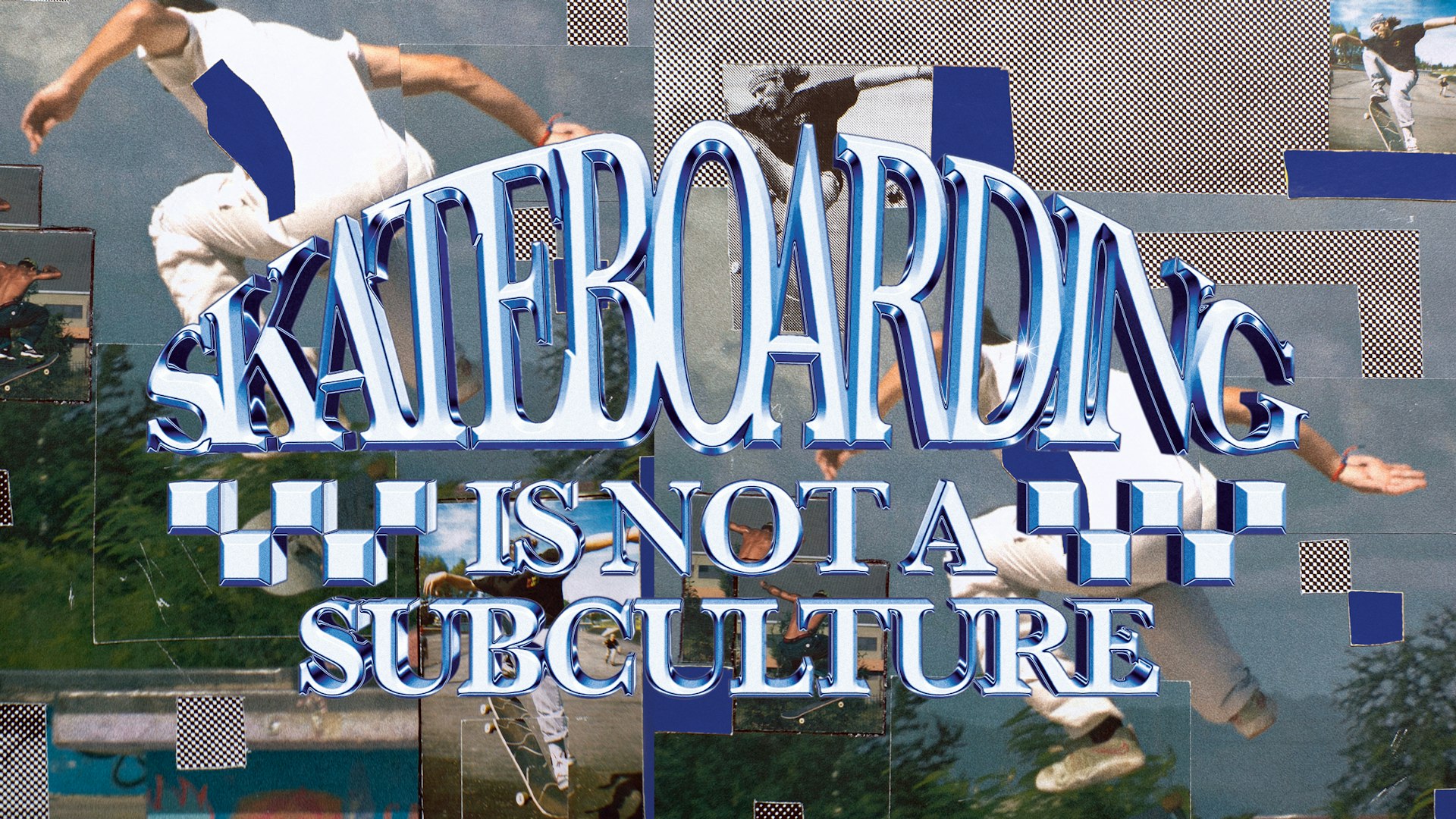In France, thousands protest violence against women
- Text by Alexander Durie
- Photography by Alexander Durie

The UN’s International Day for the Elimination of Violence Against Women is on Sunday November 25th, but it was the day before that that the real feminist celebration took place in France. On Saturday, tens of thousands marched from Opéra to Place de la République in central Paris, with chants demanding justice and an end to aggressors’ impunity.
The protest had been planned for several months and gained momentum online through the #NousToutes hashtag, France’s response to #MeToo. The American movement has undoubtedly provoked a reaction in French society: a report released by the French government revealed that the number of sexual harassment cases recorded by the police increased by 23 per cent since it started causing waves in the country in October 2017.
France remains on a slow course when it comes to making progress with gender disparity and violence against women. The same government report disclosed that 250 women are raped each day in France, one woman out of three has already experienced sexual harassment at her workplace, and around 220,000 women are victims of physical violence by their spouse or ex-companion each year.
This high level of domestic violence in the country urged women of all ages to stand united on Saturday. This included Claudine, a 70-year-old activist. “I am a feminist not since my birth but since 1968, because despite our constant battles, there are still women suffering from violence who are often killed,” she told me. “There are murders which happen in areas of conflict, but also a lot at home.”


Another protestor, Nathalie, who was distributing flyers for #NousToutes with a list of numbers to call if a case of sexual harassment occurs, said: “We have a real problem in France where we [women] struggle to detect and know what violence means – that really needs to be taught to people. We also have difficulty knowing how to react in front of a case of violence. Normally it should be the government doing campaigns of prevention, detection and forming professionals, but since it isn’t we are raising awareness here in this protest.”
It was a strange day in Paris, as the peaceful march was juxtaposed with the violent protests by the ‘Gilets Jaunes’ (Yellow Vests) demonstrators, which was taking place further west around the Champs Élysées. Initially sparked by a rise in fuel taxes, the ‘Gilets Jaunes’ protests have grown into an anti-Macron movement, where disenfranchised citizens mix with rioters who are burning cars and throwing stones at police – a completely different atmosphere from the events around République.
But the 5,000 yellow vests would not outshine the tidal wave of purple that covered the eastern streets of Paris. The choice to associate the protest with this colour by the #NousToutes citizen collective was not aesthetic but symbolic, due to purple’s long association with feminist movements dating back from the Suffragette period more than a century ago.


The peaceful protest gained attention even before it began, as more than 400 female journalists published an editorial piece earlier that morning. “We, women journalists, will be part of the movement,” they wrote. “It is no longer possible to assert this truth: every day, in France, women are harassed, threatened, raped, killed, because they are women.”
But beyond tackling a range of issues relating to women’s rights, such as genital mutilation and abortion, the demonstration also raised awareness about transphobia and the danger that trans sex workers face – particularly relevant following the murder of Peruvian sex worker Vanessa Campos in Paris last summer.
For protestor Emilia, a Mexican woman now living in Paris, the fact that she lives in a supposedly progressive, western society is no reason to stop fighting for rights and dignity: “We need to address all the things that are intangible and issues that we don’t think about every day to continue making progress.”
As the demonstration concluded around Place de la République – the Paris square renowned for protests – young people waved signs such as “When she talks, I hear a revolution,” or “The battle will be intersectional.” But as others hung banners on the statues with frightening facts about the number of ongoing persecutions nationwide, it was clear to everyone present: the fight was far from over.

Follow Alexander Durie on Instagram.
Enjoyed this article? Like Huck on Facebook or follow us on Twitter.
Latest on Huck

“I refuse to accept child poverty is a normal part of our society”: Apsana Begum MP on voting to scrap the cap
After seeking to “enhance” the King’s Speech by voting for the scrapping of the controversial two child benefit cap, the MP for Poplar and Limehouse lost the Labour Whip.
Written by: Apsana Begum

Is skateboarding really a subculture anymore?
With skate’s inclusion in the Olympics, Kyle Beachy asks what it means for the culture around the sport, and whether it’s possible to institutionalise an artform.
Written by: Kyle Beachy

Autism cannot be cured — stop trying
A questionable study into the ‘reversal’ of autism does nothing but reinforce damaging stereotypes and harm, argues autistic author Jodie Hare.
Written by: Jodie Hare

Bristol Photo Festival returns for second edition
After the success of it’s inaugural run, the festival returns this autumn with exhibitions, education and community programmes exploring a world in constant motion through still image.
Written by: Ben Smoke

Documenting the life of a New York gang leader paralysed by gun violence
New photobook ‘Say Less’ is a complex yet humanising look into a life wrecked by gun violence and organised crime.
Written by: Isaac Muk

The woman who defined 80s Hip Hop photography
A new exhibition brings together Janette Beckman’s visionary and boundary pushing images of an era of cultural change and moral panic.
Written by: Miss Rosen